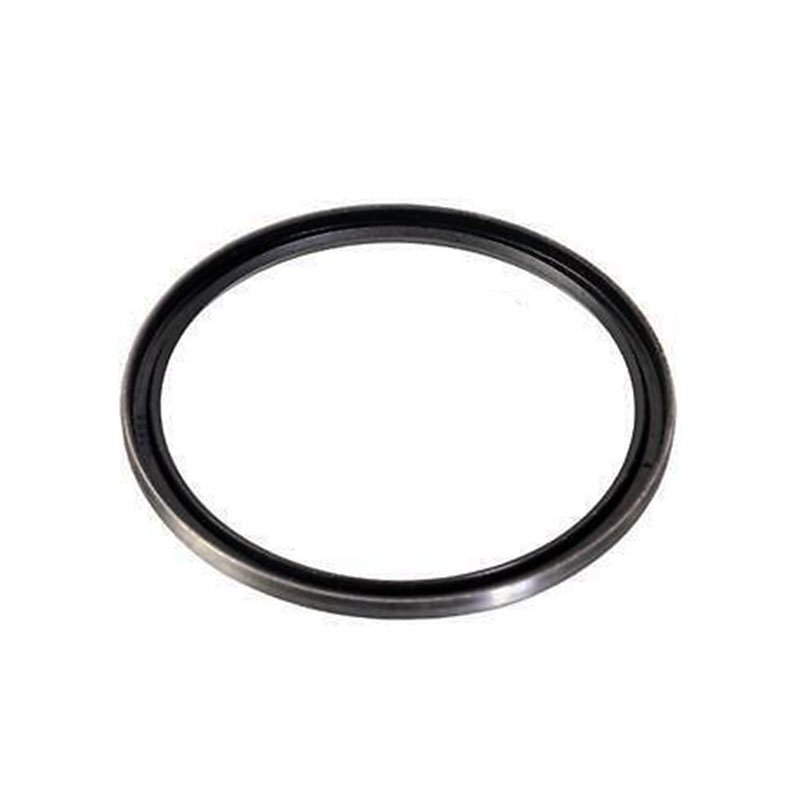17mm Sump Plug Replacement Guide for Effective Maintenance and Performance
Understanding the 17mm Sump Plug Importance and Maintenance
In the realm of automotive maintenance, understanding the components that keep engines functioning smoothly is crucial for any car owner. One such component is the sump plug. Specifically, the 17mm sump plug is a common size found in various vehicles across different manufacturers. This article delves into the significance of the 17mm sump plug, its function, and best practices for maintenance.
What is a Sump Plug?
The sump plug, also known as the oil drain plug, is a fundamental part of an engine's oil system. It is located at the bottom of the oil pan, which collects the engine's oil. Its primary purpose is to provide a means of draining the used oil during an oil change, allowing for the replacement of old, degraded oil with fresh lubricant. The 17mm specification refers to the size of the hex head on the plug, which typically requires a 17mm socket or wrench for removal and installation.
The Importance of the Sump Plug
The sump plug plays a crucial role in maintaining the health of an engine. During regular operation, the engine generates a considerable amount of heat, which can cause the oil to degrade over time. Contaminants such as dirt, metal shavings, and combustion by-products build up in the oil, making periodic changes essential. Without a properly functioning sump plug, draining the oil would be challenging, leading to potential engine damage due to the inability to replace the contaminated oil.
Moreover, the sump plug also needs to be securely fastened to prevent oil leaks. A leak could not only reduce the oil level in the engine but also create a fire hazard. Hence, the integrity of the sump plug is vital for both the performance and safety of the vehicle.
Maintenance Best Practices
17mm sump plug

1. Regular Inspection During routine oil changes, inspect the sump plug for any signs of wear or damage. Look for cracks or stripped threads that could lead to leaks.
2. Use the Correct Torque When re-installing the sump plug after an oil change, it’s essential to use the manufacturer’s specified torque settings. Over-tightening can crack the oil pan, while under-tightening may lead to leaks.
3. Change the Washer Many sump plugs come with a sealing washer or gasket that should be replaced every time you change the oil. This ensures a proper seal and reduces the likelihood of leaks.
4. Monitor Oil Levels Regularly check your engine oil level and look for signs of oil leaks. If you notice a drop in oil level or any spots where the vehicle is parked, it may indicate that the sump plug is not sealing properly.
5. Use Quality Replacement Parts If you need to replace your sump plug or washer, opt for quality aftermarket or OEM (Original Equipment Manufacturer) parts. Cheap substitutes may not provide a reliable seal, leading to further maintenance issues.
Conclusion
The 17mm sump plug may seem like a small component, but its role in engine maintenance is significant. Understanding its function and implementing good maintenance practices can help extend the life of your engine and ensure optimal performance. By taking a proactive approach to check and maintain the sump plug and its associated components, car owners can prevent costly repairs and enjoy a carefree driving experience. Remember, a small investment in maintenance often pays off exponentially in terms of reliability and peace of mind on the road.
-
The Ultimate Guide to Boat Propeller Bearings and Trailer Wheel Bearings
News Jul.31,2025
-
The Essential Guide to Marine Bearings and Boat Trailer Wheel Bearings
News Jul.31,2025
-
The Complete Guide to Heavy Duty Seals: Protecting Doors and Spaces Efficiently
News Jul.31,2025
-
Essential Guide to Marine Shaft Bearings and Boat Trailer Axle Bearings
News Jul.31,2025
-
Comprehensive Guide to Marine and Trailer Bearings for Safe Boating and Transport
News Jul.31,2025
-
Comprehensive Guide to Automotive Oil Seals: Protecting Your Engine and Shafts
News Jul.31,2025
-
Understanding Automotive Oil Seals: Essential Components for Engine and Shaft Protection
News Jul.30,2025
Products categories















